Introduction
Brown sugar ginger water, a timeless remedy rooted in traditional wellness practices, has been cherished for centuries across cultures for its soothing properties and invigorating flavor. This humble concoction, often sipped to alleviate discomfort, boost immunity, or simply warm the soul, hinges on a delicate balance of ingredients and technique. Among the most critical factors in crafting this elixir is determining the optimal boiling time—a nuanced process that transforms simple components into a potent tonic. In this comprehensive guide, we explore the science, culture, and practical steps behind simmering brown sugar ginger water to perfection, ensuring every batch achieves its full potential.
The Science of Simmering: Why Time Matters
At its core, boiling is a form of extraction—a method to dissolve and meld the bioactive compounds in ginger with the caramelized sweetness of brown sugar. Ginger (Zingiber officinale) contains volatile oils like gingerol and shogaol, which contribute to its pungent aroma and anti-inflammatory effects. Brown sugar, a less refined sweetener, retains molasses-rich minerals like iron, calcium, and magnesium. When heated, these elements undergo a alchemical dance: the heat breaks down ginger’s fibrous cells, releasing its medicinal constituents, while the sugar caramelizes, creating a rich, complex flavor profile.
However, simmering is not a one-size-fits-all process. The duration directly impacts the drink’s potency, taste, and nutritional value. Boil too briefly, and the ginger’s benefits remain locked within its fibers; overcook, and the mixture may turn bitter, with volatile oils evaporating into the air. Striking the right balance requires an understanding of how time interacts with heat, ingredients, and intended use.
Factors Influencing Boiling Time
- Ingredient Ratios: The proportion of ginger to water and sugar dictates the simmering duration. A higher ginger concentration demands longer cooking to fully extract its essence, while excess sugar may thicken the liquid prematurely, necessitating shorter boils to prevent clumping.
- Purpose of Use: Are you brewing a daily wellness tonic, a cold-fighting remedy, or a menstrual cramp soother? Each application benefits from tailored boiling times. For instance, immune-boosting recipes often call for extended simmers to maximize gingerol content, whereas mild versions for gentle digestion require brevity.
- Ginger Freshness: Fresh, young ginger root contains more moisture and delicate oils, requiring less time to infuse. Dried or aged ginger, common in some traditional recipes, needs prolonged heating to rehydrate and release its compounds.
- Altitude and Heat Source: High-altitude cooking lowers water’s boiling point, potentially extending simmer times. Similarly, stovetop vs. slow-cooker methods affect heat distribution and evaporation rates.
Step-by-Step Guide to Boiling Brown Sugar Ginger Water
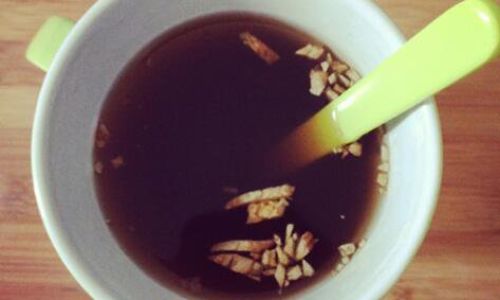
Preparation Phase (0–5 Minutes)
- Ingredient Selection: Opt for organic, unpeeled ginger root (to retain nutrients) and dark muscovado or panela sugar for deeper flavor.
- Prep Work: Slice ginger thinly (2–3 mm) to increase surface area. For a milder brew, use larger chunks; for intense spice, mince or grate.
- Initial Mix: Combine 1 liter water, 50–70g ginger, and 80–100g brown sugar in a stainless steel or enameled pot (avoid reactive metals).
First Boil (5–15 Minutes)
- Bring to Boil: Medium-high heat until bubbles rise gently. This stage softens ginger and begins sugar dissolution.
- Skim Foam: Remove any impurities floating on the surface to ensure clarity.
Simmering Phase (15–45+ Minutes)
This is where the magic happens. Adjust heat to low, maintaining a lazy bubble.
- 15–20 Minutes (Light Brew): Ideal for a subtle, everyday drink. Ginger’s warmth is present but not overpowering.
- 25–35 Minutes (Balanced Brew): The sweet-spicy harmony deepens. Gingerol levels peak, offering mild anti-inflammatory benefits.
- 45+ Minutes (Intensive Brew): Reserved for therapeutic use. The liquid reduces by 20–30%, concentrating flavors and nutrients. Strain carefully, as fibers may disintegrate.
Post-Boil Adjustments
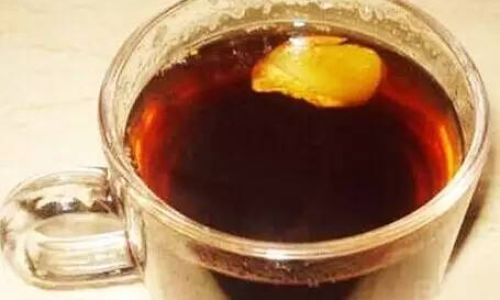
- Flavor Enhancements: Add a cinnamon stick, star anise, or lemon slice during the final 5 minutes for complexity.
- Cooling and Storage: Let cool to room temperature before refrigerating. Shelf life: 3–5 days if sealed properly.
Tailoring Boiling Time to Specific Needs
Cold and Flu Relief
- Goal: Maximize immune-boosting compounds.
- Method: Simmer 45–60 minutes on low heat. Extended cooking extracts maximum gingerol, which has been studied for its antioxidant and fever-reducing properties. Add a squeeze of lemon post-boil for vitamin C.
Menstrual Cramp Soother
- Goal: Release anti-inflammatory agents.
- Method: Use 70g fresh ginger and 100g sugar. Simmer 30–40 minutes, then let steep off-heat for 10 minutes. The prolonged infusion enhances pain-relieving effects.
Digestive Aid
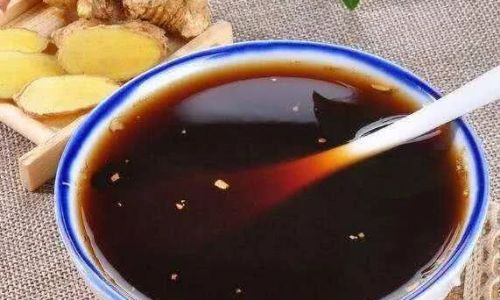
- Goal: Gentle stimulation without irritation.
- Method: 20-minute simmer followed by 5-minute steep. Mild enough for daily consumption.
Winter Warmer
- Goal: Rich, caramelized flavor.
- Method: Reduce liquid by half over 50 minutes. The concentrated syrup pairs beautifully with milk or tea.
Common Mistakes and How to Avoid Them
- Overboiling: Leads to bitterness and loss of volatile oils. Solution: Monitor color—a deep amber hue signals readiness.
- Underboiling: Results in weak potency. Test by tasting; the ginger’s heat should linger mildly on the tongue.
- Incorrect Sugar-to-Ginger Ratio: Too much sugar masks ginger’s zing; too little creates a medicinal aftertaste. Aim for a 1:1.5 ratio (sugar:ginger by weight).
- Using Old Ginger: Aged root lacks moisture, requiring longer simmers. Always test freshness by snapping a piece—crisp ginger snaps cleanly.
Cultural Perspectives on Simmering Time
In traditional Chinese medicine (TCM), ginger (sheng jiang) is classified as “warming,” and its preparation time aligns with balancing yin and yang. A 30-minute simmer is typical for harmonizing the spleen and stomach. Conversely, Ayurveda advocates varying times based on dosha—vata types may prefer shorter boils for lightness, while kapha individuals benefit from longer cooking to enhance digestive fire.
Modern wellness trends, however, often prioritize convenience. Electric kettles and microwave “steeping” methods promise quick results but fail to replicate the depth of stovetop simmers. Patience, it seems, remains a virtue in elixir-making.
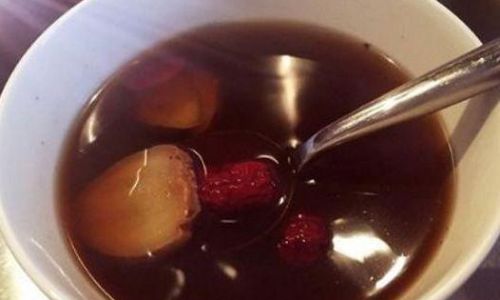
The Role of Altitude and Heat Sources
At higher elevations (above 3,000 feet), water boils at lower temperatures (~200°F vs. 212°F at sea level), slowing extraction. Compensate by adding 5–10 minutes to your simmer time. Induction cooktops offer precise control, while gas stoves provide visual cues (flame height) for adjusting heat.
Storage and Reheating Tips
- Refrigeration: Pour into glass jars, leaving 1 inch headspace to prevent breakage.
- Freezing: Portion into ice cube trays for single servings. Thaw in the fridge overnight.
- Reheating: Gently warm on low heat to preserve flavors. Avoid microwaving, which can caramelize sugar unevenly.
Advanced Variations
- Fermented Ginger Brew: After boiling, add 1 tbsp apple cider vinegar and let sit 24 hours for probiotic benefits.
- Spiced Moon Milk: Blend cooled ginger water with turmeric, ashwagandha, and almond milk for a sleep-inducing nightcap.
- Ginger Syrup Concentrate: Simmer 2:1 sugar-to-water ratio for 60 minutes. Use in cocktails, mocktails, or drizzled over pancakes.
Conclusion: The Alchemy of Time
Boiling brown sugar ginger water is more than a culinary task—it is a meditation on patience and intention. The clock ticks differently in the world of herbal infusions, where minutes translate to layers of flavor and healing potential. Whether you seek relief from a stubborn cough or a cozy companion on chilly evenings, mastering the simmer time elevates this humble drink into a ritual of self-care. Experiment, adjust, and savor each sip—your body (and taste buds) will thank you.
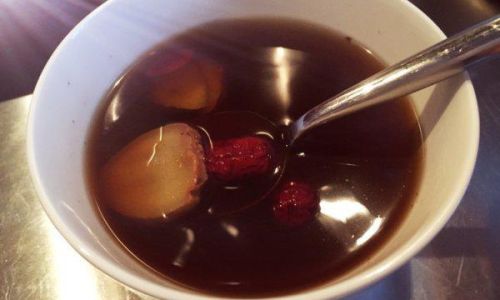
Final Thought: There is no single “correct” boiling time, only the perfect duration for your needs. Listen to the sizzle of the pot, the aroma wafting through your kitchen, and your body’s subtle cues. In this dance of fire and liquid, you become both alchemist and healer.
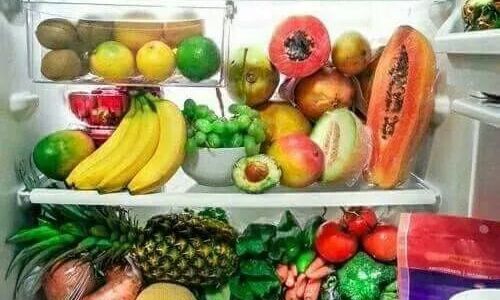
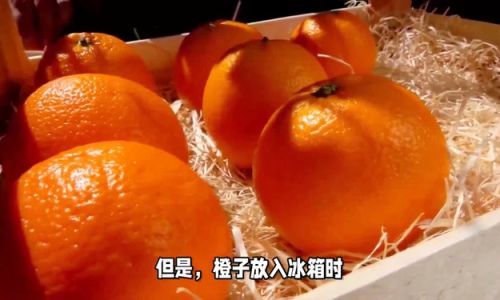
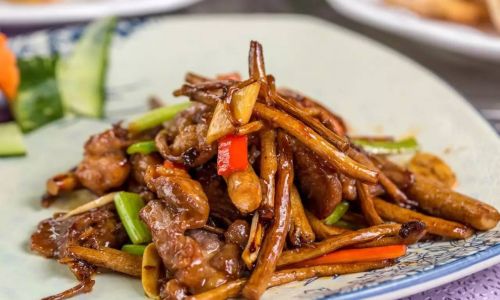
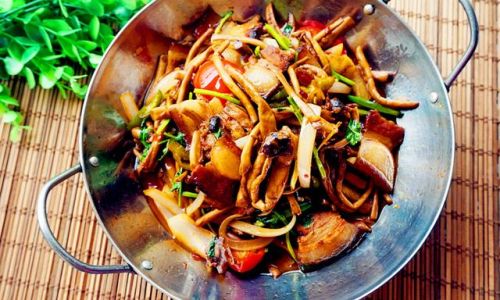
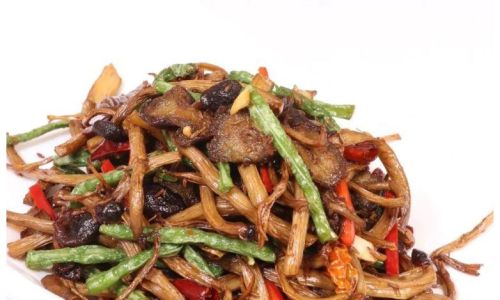
0 comments